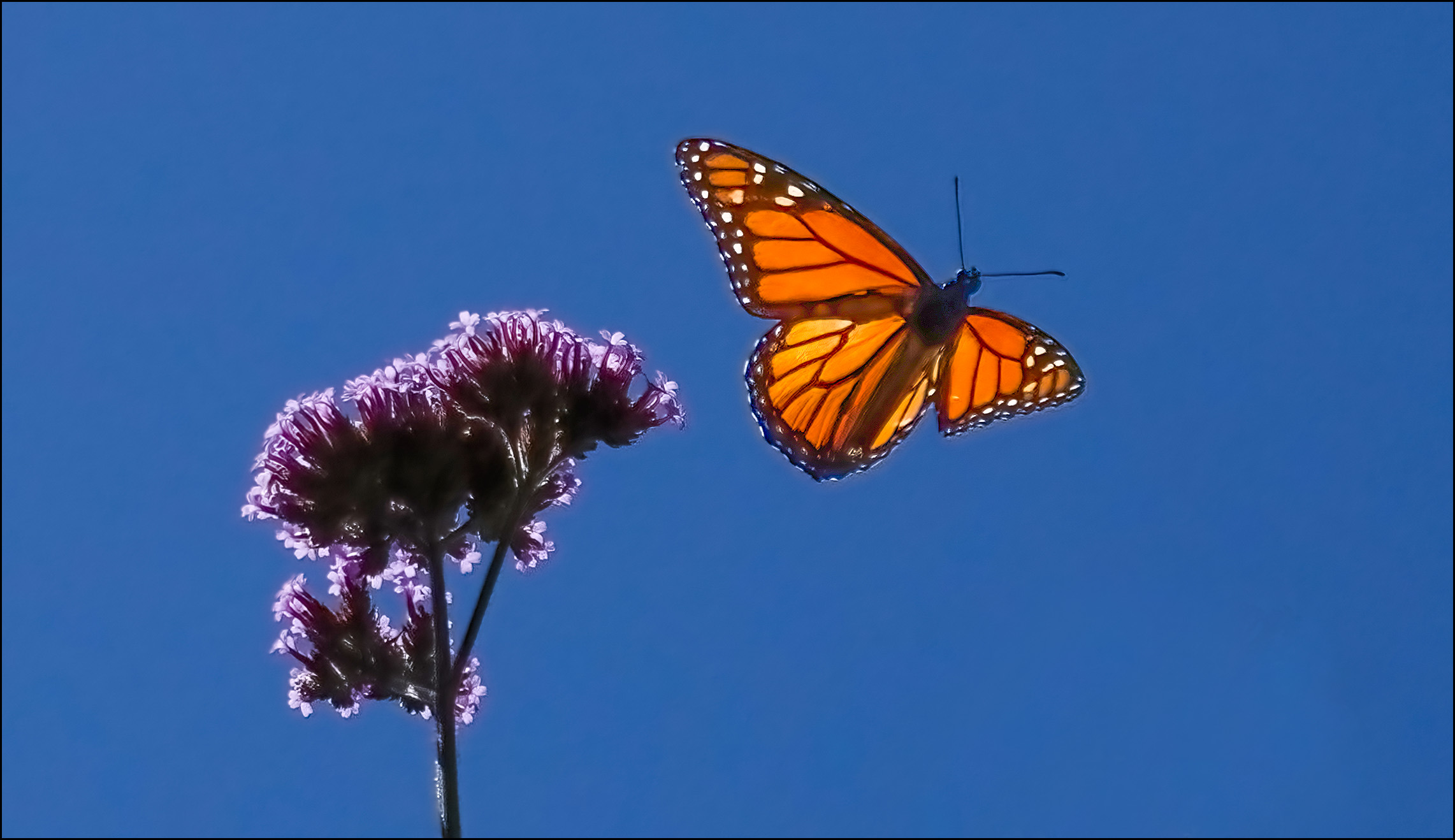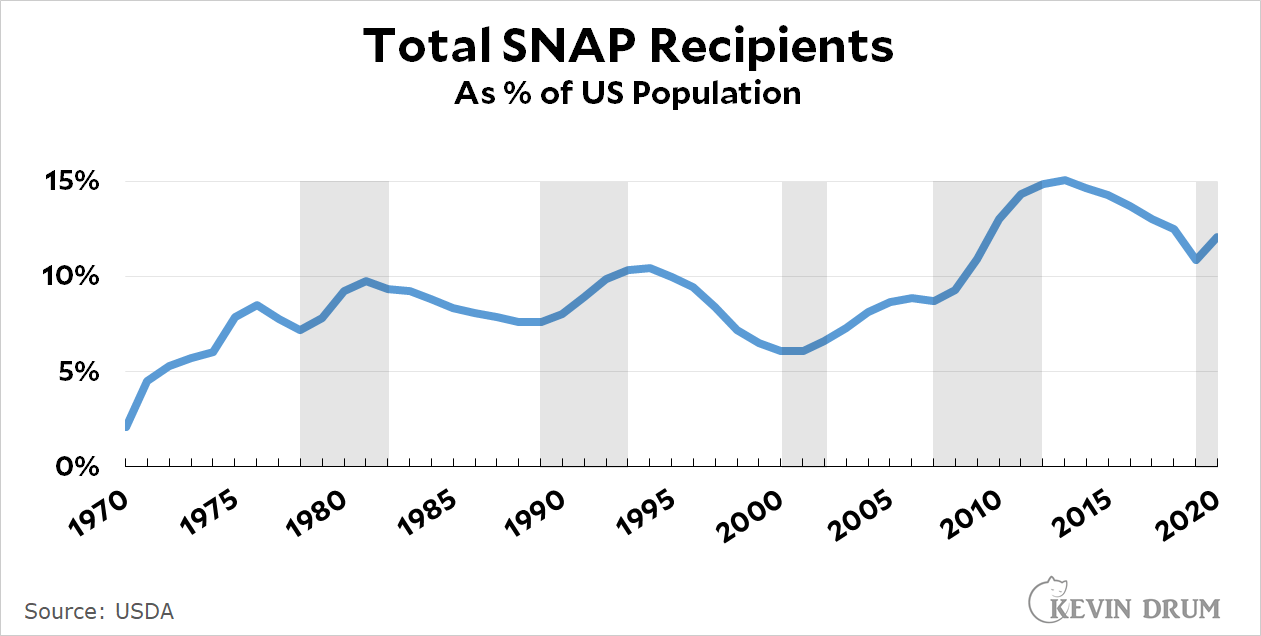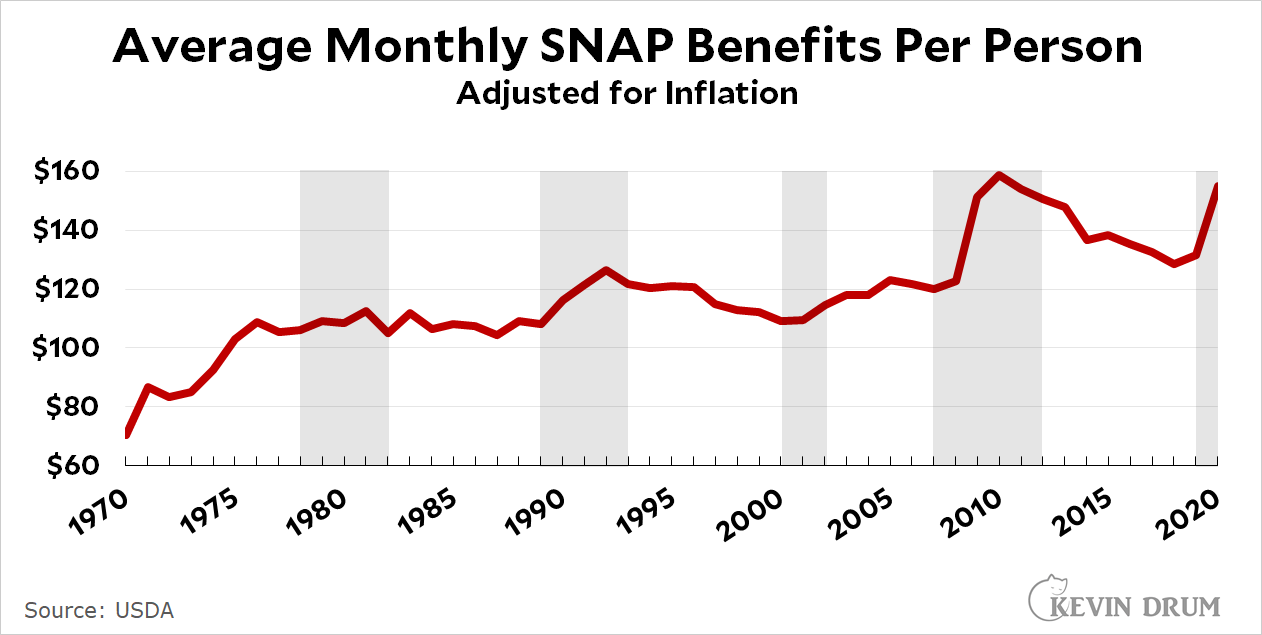Good news! The Senate has voted 68-32 to pass a $250 billion welfare bill. How did this bipartisan miracle happen?
- It's a corporate welfare bill, not a bill to benefit regular people.
- It's an immense hodgepodge of pet anti-China proposals that have been buzzing around Congress for years. Finally the timing was right to bundle them all together into an immense anti-China act.
- It's mostly not funded. That's left up to future Congresses.
This just goes to show that Congress can get things done. The lesson for President Biden's infrastructure bill is:
- Sell it as a bill to benefit corporations, which it is, actually.
- Make sure there's a ton of pet programs in it, something for everyone. I imagine this is already taken care of.
- Fund about 10% of it and leave the rest for future Congresses.
- AND MOST IMPORTANT, make sure to invent an "infrastructure war" with China in which we are getting our capitalist butts kicked.
See how easy it is when you just apply the right marketing? I don't understand why so many presidents have such a hard time with politics.









